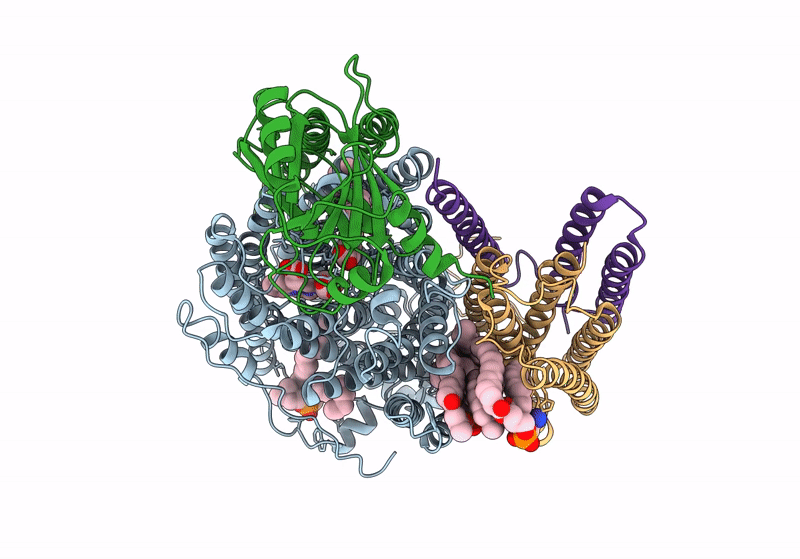
Deposition Date
2023-10-05
Release Date
2024-04-24
Last Version Date
2024-05-01
Entry Detail
PDB ID:
8QQK
Keywords:
Title:
Cryo-EM structure of E. coli cytochrome bo3 quinol oxidase assembled in peptidiscs
Biological Source:
Source Organism:
Escherichia coli BL21(DE3) (Taxon ID: 469008)
Method Details:
Experimental Method:
Resolution:
2.80 Å
Aggregation State:
PARTICLE
Reconstruction Method:
SINGLE PARTICLE


